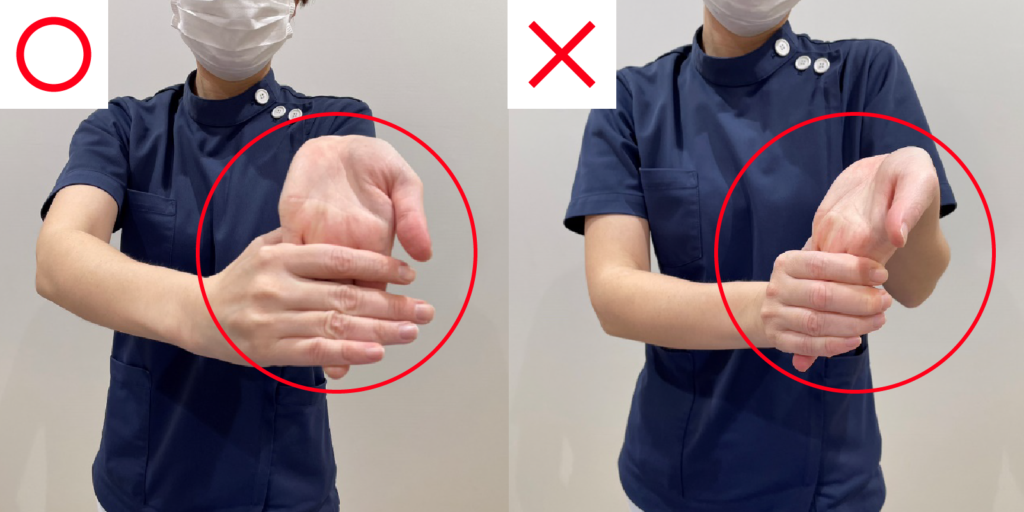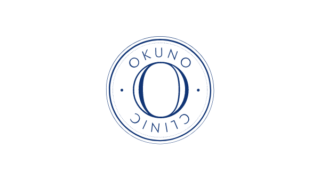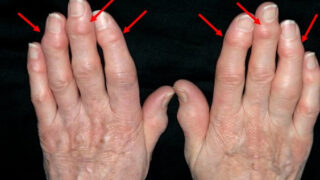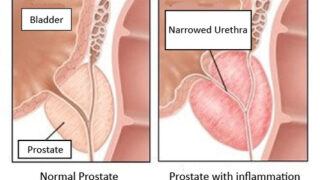Table of Contents
Q What is tennis elbow?
Are you suffering from tennis elbow? This is a common injury that can be caused by playing sports or doing repetitive activities that strain the arm.
Tennis Elbow is a placeholder name for various injuries and disorders that occur in the elbow by repeating the motion of throwing a ball. Tennis elbow is also collectively called "baseball elbow". There is not one disease named "tennis elbow", it is a collective name for multiple diseases.
For this reason, tennis elbow that occurs in elementary school children and tennis elbow in adults refer to different diseases, and even children of the same age may have different diseases depending on the location, circumstances, and conditions.
The treatment method and treatment period also vary depending on the disease. There are various types of injuries, from those that can be cured by rest and rest, to those that are difficult to heal with rest and stretching, and sometimes require surgery.
What is the cause of tennis elbow?
In order to properly understand the cause for tennis elbow, we need to first understand how the elbow works and what can cause unnecessary strain.

When you throw a ball, you snap your wrist, right? Well, that movement puts a pulling force on the inside of your elbow every time you throw. And that force can be pretty strong, especially if you're throwing a lot.
If you are not careful, this constant pulling can cause some serious damage to your elbow. It can even separate bones or damage ligaments. Ouch!

But that's not all. When you're throwing, there's another force that's working against your elbow. This force is called the valgus stress and it tries to bend your elbow to the outside. While this happens, the pulling force you feel on the inside of your arm is trying to bend your elbow to the inside. It's like a tug-of-war!
If you keep on pushing yourself, this pulling and tugging can cause bones and cartilage in your elbow to collapse or rub against each other. And if you throw a lot, the strain on your elbow just gets worse.
That's why it's important to be mindful of the strain you're putting on your elbow. You don't want to overdo it and end up with a serious injury.
One way to reduce the strain on your elbow is to throw in a way that puts less pressure on it. This can help, even if you're throwing a lot. So, take care of your elbow and it will take care of you!
What are the symptoms of Tennis Elbow?
The symptoms for tennis elbow can manifest in a variety of ways. Some of the most commonly reported symptoms are as follows :
- Pain or tenderness in the outer part of the elbow
- Weakness in the forearm
- Stiffness in the elbow or forearm
- Pain when gripping objects
- Pain that gets worse when bending the wrist or twisting the forearm
Q Tennis Elbow Treatment
The treatment for tennis elbow requires time and delicate care. With proper medication and maintenance, tennis elbow can be treated and healed effectively.
Some of the common treatments for tennis elbow are as follows :
- Rest your arm and avoid activities that aggravate your symptoms
- Apply ice to the affected area to reduce pain and swelling
- Take over-the-counter pain medication, such as ibuprofen or naproxen
- Consider physical therapy to help strengthen the muscles around the elbow
- Try wearing a brace to support the affected area and help reduce pain
Should you use a tennis elbow brace?
Wearing a tennis elbow brace can help alleviate pain and support the affected area. When choosing one, it is important to look for a brace that fits comfortably and is adjustable.
Consider wearing the brace during activities that put stress on the elbow, such as playing sports or doing manual labor. This will help provide it extra protection.
Talk to your doctor or physical therapist about the best type of brace for your specific needs.
In fact, there are several stretching, taping, or massage methods that work for tennis elbow.
When the muscles around the elbow joint become stiff, the movement of the elbow joint deteriorates, and stress on the elbow joint may increase. In addition, since the throwing motion is performed not only by the elbow joint but also by the entire body, including the lower limbs, trunk, shoulder joint, and wrist joint, the burden on the elbow joint increases due to poor movement of any joint. This is usually how you can develop tennis elbow or baseball elbow.
To help bring relief, it is important to improve the movement of the muscles around the elbow joint and to improve the movement of the elbow joint to reduce the burden on the elbow joint.
Exercises for Tennis Elbow
Strengthening exercises can help improve the strength and flexibility of the muscles around the elbow. By taking the right precautions and performing some exercises, you can definitely improve the strength of your elbow and reduce the symptoms.
Let us go over some exercises that you can try at home to help relieve some of the symptoms of tennis elbow:
Stretch your forearm muscles :
Bend your elbows with your palms facing up. With the opposite hand, hold the four fingers from the index finger to the little finger and bend the wrist. Slowly extend your elbows while keeping your wrists bent. When bending your wrist, make sure your palm is facing up and be careful not to fall on the little finger side.

Bend your elbows.

Hold it from your palm to your fingers.

Hold your palm with your other hand and bend your wrist.

Slowly extend your elbows while keeping your wrists bent. This will stretch and stretch your forearm muscles. Hold this position for about 15 seconds. Do it three times a day.

Bend your wrist so that your palm faces straight ahead. Be careful not to turn your palm too far toward the little finger.
Consultation
This is no way a complete list to manage tennis elbow. There are many more ways to manage this condition and so we definitely recommend that you talk to your physical therapist about exercises that are safe and effective for your specific condition.
Author

-
-Dr. Yuji Okuno-
ฉันเริ่มต้นอาชีพในฐานะแพทย์รังสีวิทยาทางการแทรกแซง ซึ่งนำไปสู่การวิจัยเกี่ยวกับการสร้างหลอดเลือดผิดปกติในระหว่างการศึกษาปริญญาโท ในฐานะผู้เขียนหลัก ฉันได้เผยแพร่ผลการศึกษาที่เกี่ยวข้องกับยีนที่เกี่ยวข้องในวารสาร Nature Medicine ในปี 2012 จากงานวิจัยนี้ ฉันได้พัฒนาการรักษาด้วยการอุดหลอดเลือดแบบใหม่สำหรับโรคทางกล้ามเนื้อและกระดูกเรื้อรัง เช่น ข้อเข่าเสื่อมและไหล่แข็ง และเป็นคนแรกที่รายงานถึงความปลอดภัยและประสิทธิภาพของมัน แนวทางนี้กำลังได้รับการศึกษาระดับนานาชาติ
-Career-
2549-2552 นักศึกษาฝึกงาน, ภาควิชารังสีวิทยา, คลินิกา ET, โยโกฮาม่า, ญี่ปุ่น
2552-2555 นักวิจัย, ศูนย์วิจัยการแพทย์แบบบูรณาการ, มหาวิทยาลัยเคโอ, โตเกียว, ญี่ปุ่น
2555-2558 นักวิจัยคลินิก, ภาควิชารังสีวิทยาทางการแทรกแซง, โรงพยาบาลเอดะโงะ, โตเกียว, ญี่ปุ่น
2558-2560 ผู้อำนวยการ, ศูนย์แทรกแซงทางกระดูกและข้อ, โรงพยาบาลเอดะโงะ, โตเกียว, ญี่ปุ่น
2560- ปัจจุบัน ผู้อำนวยการสูงสุด, คลินิกโอกุโนะ, โตเกียว, ญี่ปุ่น
Latest posts
 Sep 12, 2025โรคเกาต์ FAQ
Sep 12, 2025โรคเกาต์ FAQ Sep 12, 2025Heberdens Nodes FAQ
Sep 12, 2025Heberdens Nodes FAQ Feb 7, 2025Chronic prostatitis โรคต่อมลูกหมากอักเสบ
Feb 7, 2025Chronic prostatitis โรคต่อมลูกหมากอักเสบ Feb 7, 2025Frozen shoulder โรคไหล่ติด
Feb 7, 2025Frozen shoulder โรคไหล่ติด